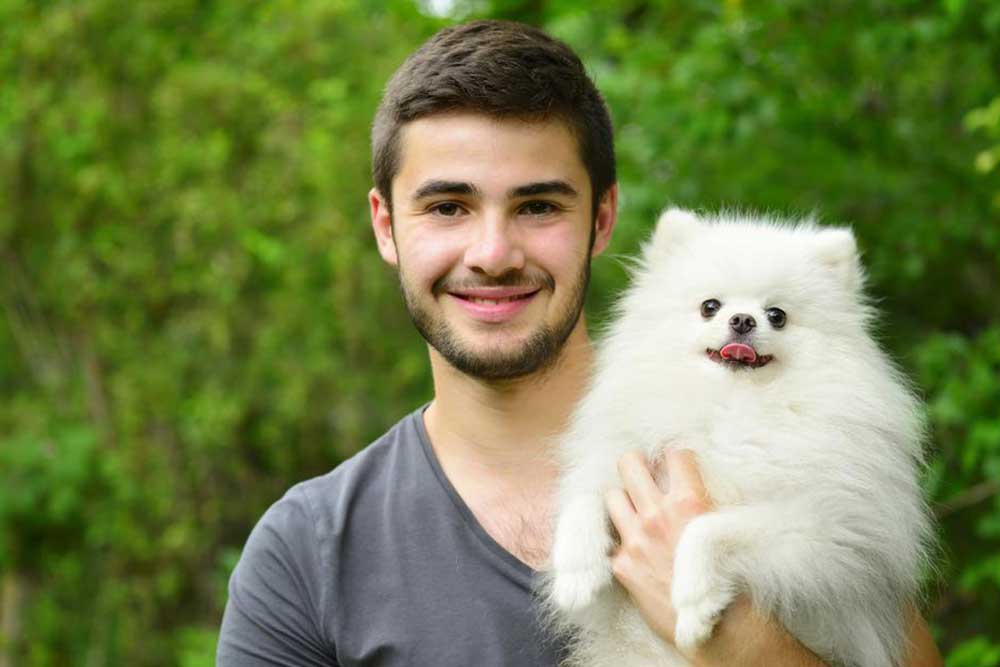How to Train Your Pomeranian Puppies
Pomeranian puppies are the obvious pick for first-time dog owners. They are smart, social and have a cuteness quotient that is unmatched. Their fur coats are unbelievably soft and come in a range of colors. Poms can live comfortably in any type of home – big or small. Left to themselves, Pomeranian puppies are likely to get into mischief. They are also stubborn, show signs of aggression, and tend to have behavioral issues.

Start with small and easy commands that are common and that they will use all their life. You will need to teach them commands like “Sit,” “Stay,” “Down,” “Quiet,” and “Come.” To motivate them, you can use treats, food, and lots of praise. Sit is the easiest command that the pup will learn. Once they have learned that, start with other commands. Make sure that they understand one command and obey you every time before you move on to another. One important command that they need to learn is “Quiet” as they tend to bark a lot. They bark at the sight of strangers to protect you. Make a noise like tapping or knocking. When they respond to this sound by barking, say “Quiet.” Repeat this routine until they understand the meaning of this command. Reward them with a treat every time they stop barking.
Potty training needs to start as early as 8 weeks. Take the pup every day to a fixed spot first thing in the morning and preferably every two hours, after meals and before bed. When they get to know the purpose of these trips and learn to poo at the right spot, reward them with a treat before bringing them back home. Pomeranian pups have a possessive nature. They do not like to share their toys or food. They can yap, bark or bite toddlers who tend to take their things. Families with little kids should avoid getting a Pomeranian puppy. Socializing is an important area where Pomeranian puppies need attention. Take them with you on walks and to places where there are other people and dogs as this will build their confidence. However, make sure that you don’t take the puppies to spots where there are other dogs until two weeks after they get their vaccination shots.